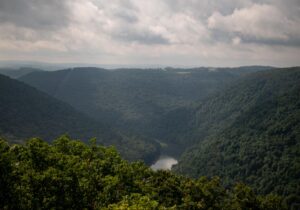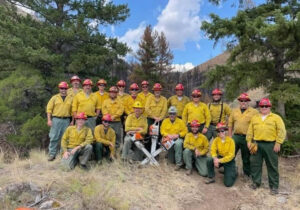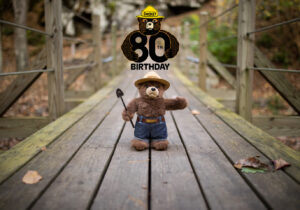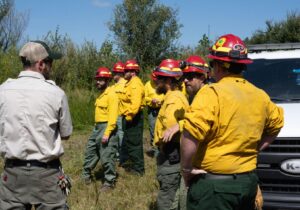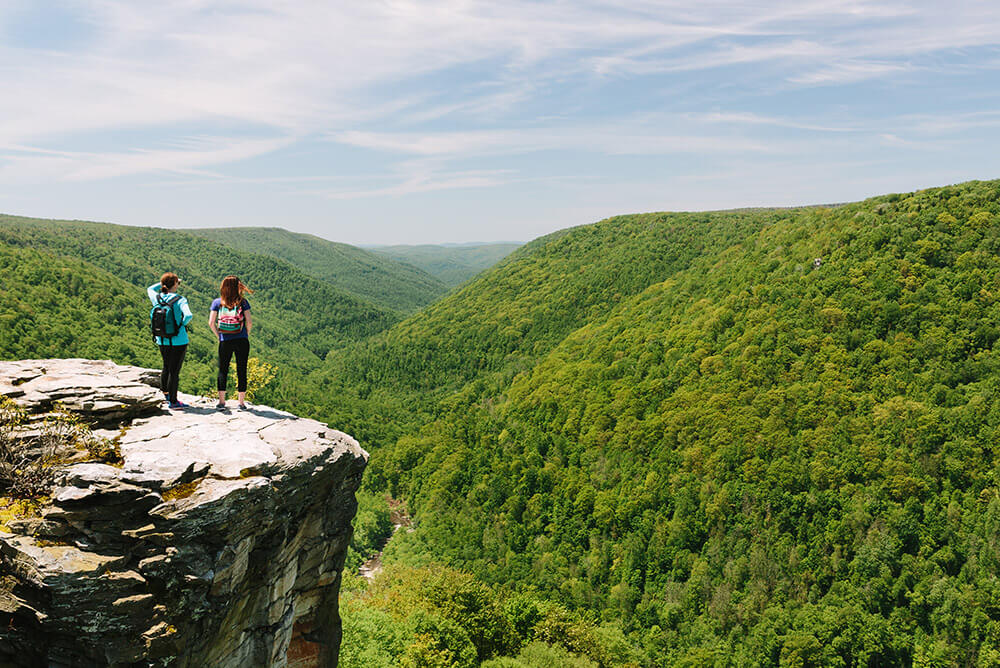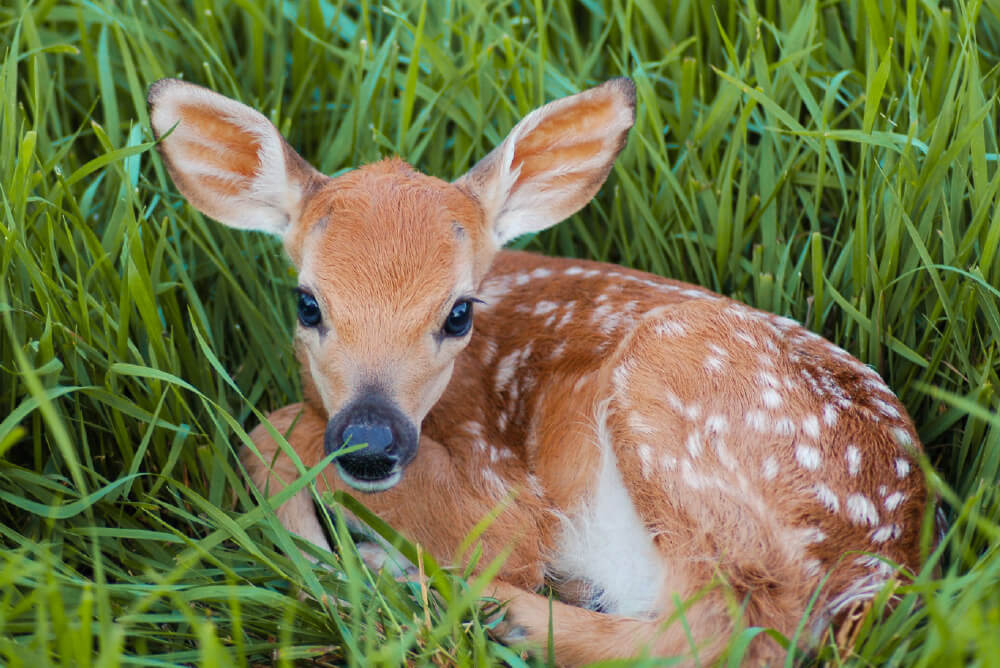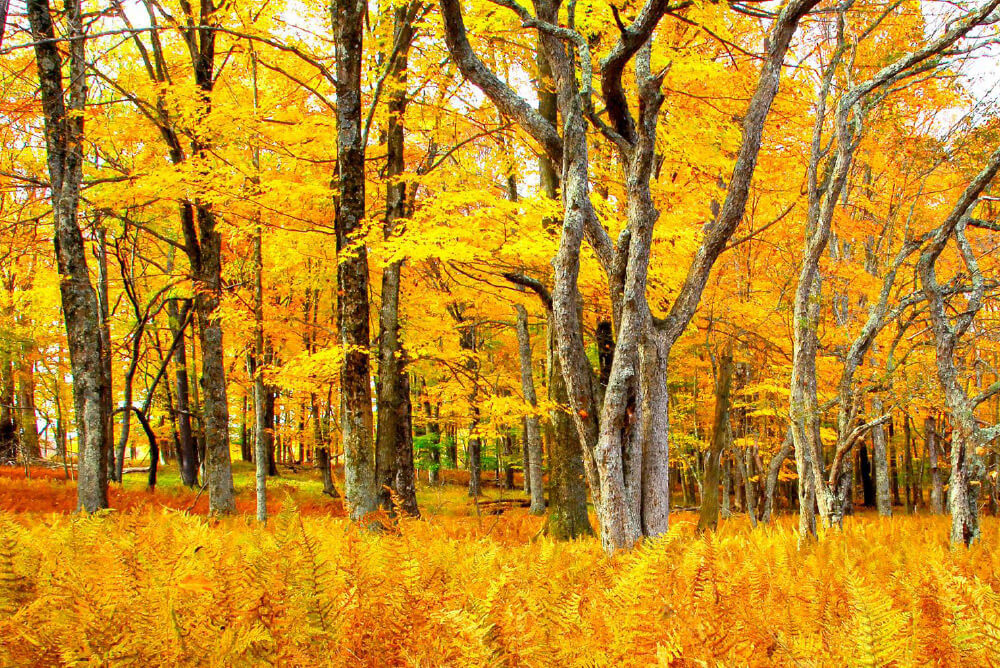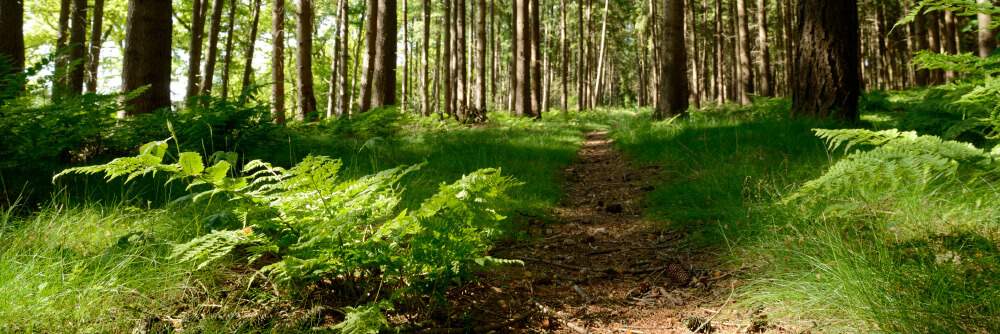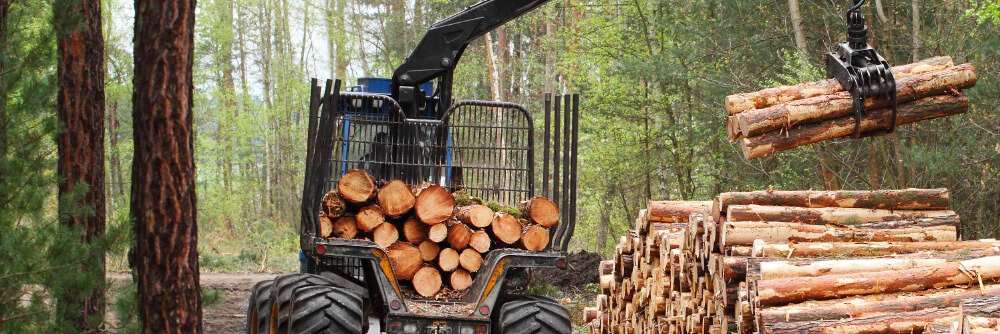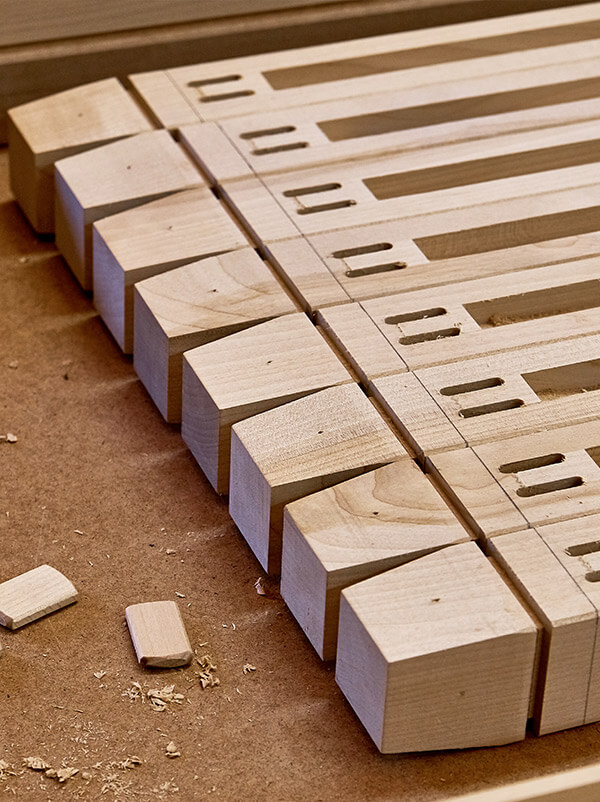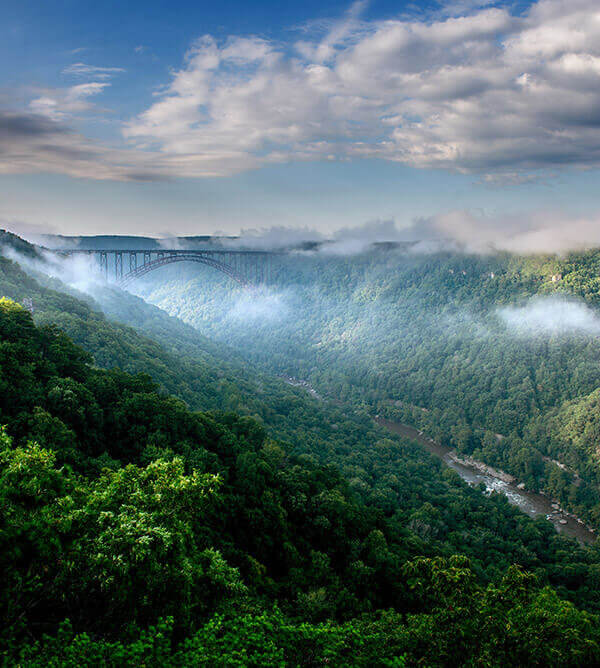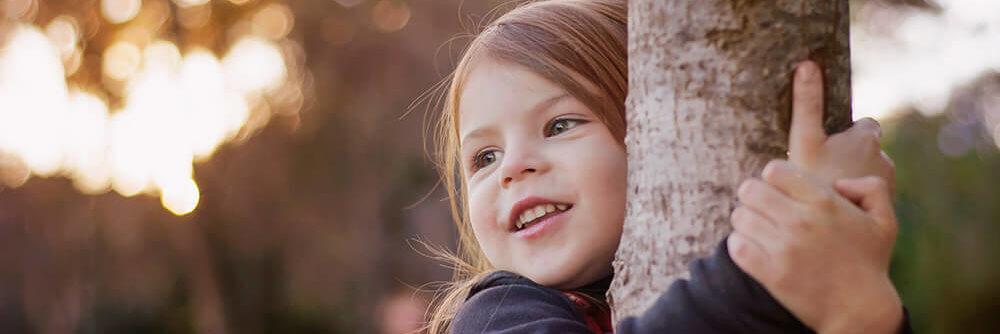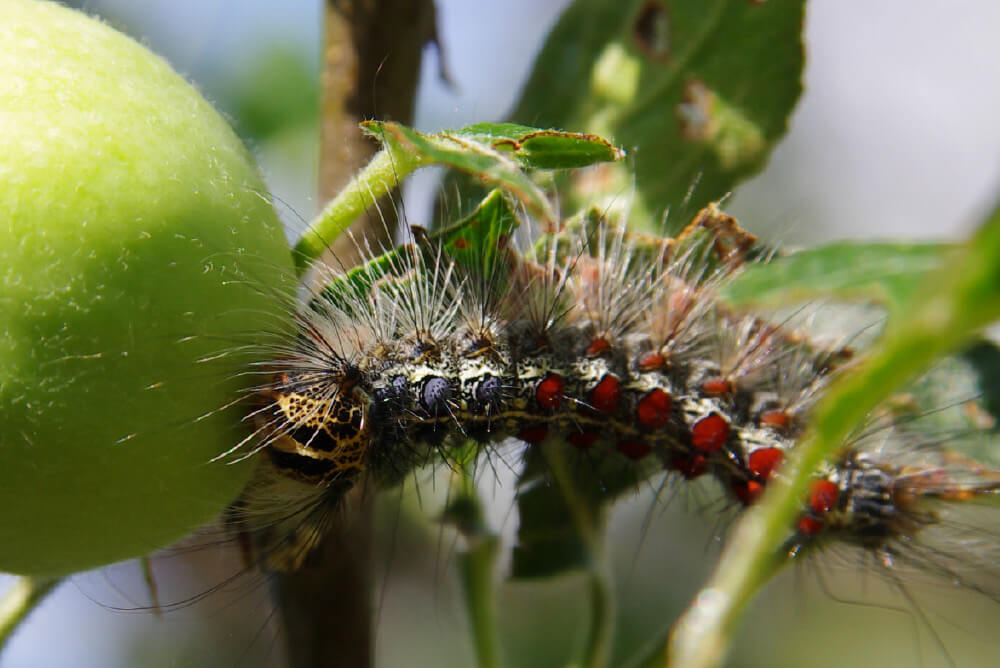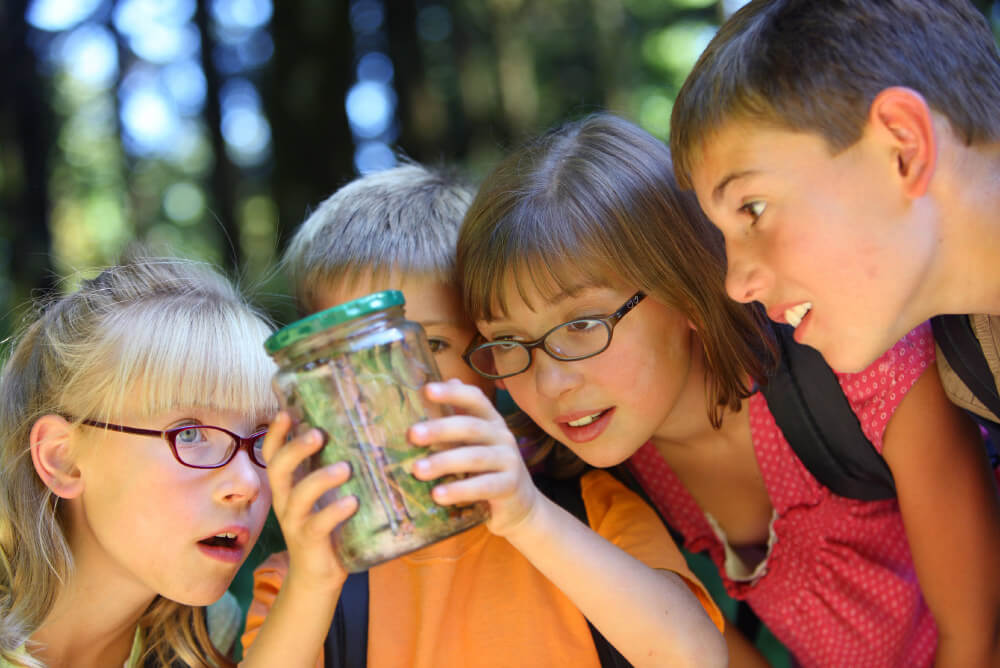Follow these steps to ensure a safe and happy night roasting marshmallows.
Ah, those lazy summer nights!
Kicking back by the campfire, making s’mores and telling ghost stories – there’s nothing else quite like it, is there?
That’s why , to keep those memories enjoyable, it’s important that campers always follow fire safety rules.

According to the National Park Service, nearly 85 percent
of wildfires are caused by humans, and many of those human-caused fires are the
result of campfires left unattended.
The West Virginia Division of Forestry urges precaution
in building, maintaining and extinguishing campfires. If you allow a fire you
have started to escape and it causes a wildfire or forest fire, you will be
subject to fines ranging from $100 to $1,000, with an additional civil penalty
of $200.
Campers are urged to follow these safety rules when
building their fires:
Picking
your campfire spot
- If your campsite has an existing fire pit,
use it! - If not, and pits are allowed, choose a spot
at least 15 feet from tent walls, shrubs, trees and other flammable objects.
Avoid sites near low-hanging branches. - Choose an open, level location away from
flammables like decaying leaves. - Choose a spot that protected from wind gusts.

Preparing
your campfire pit
- Clear a 10-foot diameter around the site,
removing debris like grass, twigs and leaves. - Dig a pit in the dirt about a foot deep.
- Circle the pit with rocks.
Building
your campfire
- Keep a source of water, a bucket and shovel
nearby at all times. - Gather tinder, kindling, and fuel (larger
pieces of wood) from the ground and stack wood sources upwind away from the
fire. - Start with a loose pile of tinder in the
center of the pit, then stack on the kindling. - Ignite the tinder with a match or lighter.
(Discard cold matches into the fire.) - As the fire grows, add more tinder and gently
blow at the base of the fire. - To keep the fire going, add kindling and fuel
(the larger firewood.) - Keep watch over your fire at all times!

Extinguishing
your campfire
- If possible, allow the wood to burn
completely to ash. - Pour water on the fire, drowning ALL embers,
not just the red ones. If you do not have water, stir sand or dirt into the
embers with a shovel to bury the fire. - Use your shovel to scrape remaining sticks or
logs to remove any embers. Continue adding water, sand or dirt until all
material is cool.
For more information, see Smokey
Bear’s Campfire Safety Guide. Remember, only you can
prevent wildfires!
Want to learn more about campfire safety or forestry in
general? Follow @wvforestry on Facebook and Twitter.


